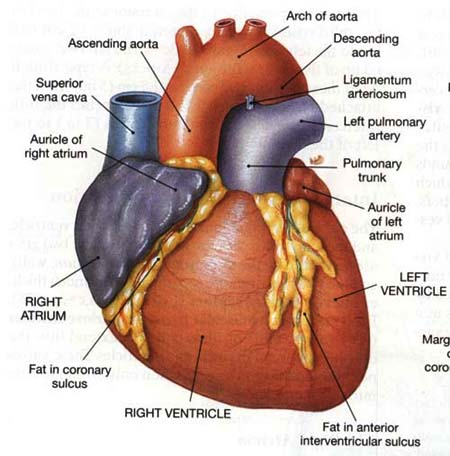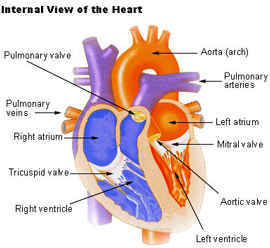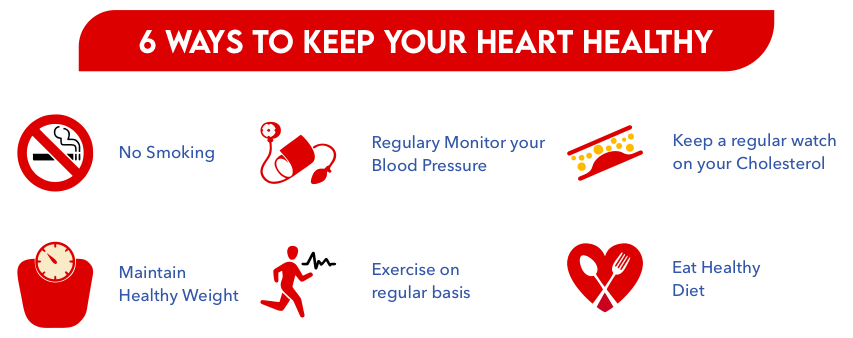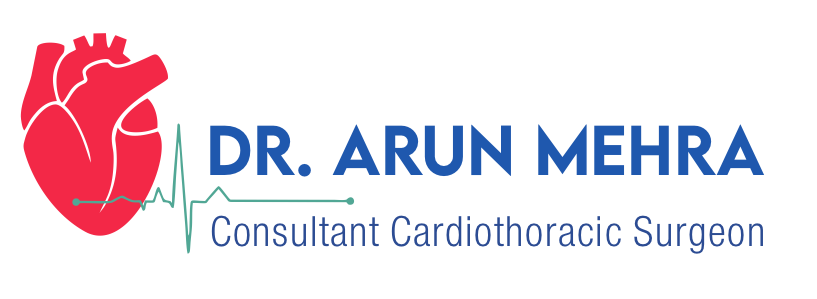Known Your Heart
 Early Development
Early Development
The human embryonic heart (EHR) begins beating at approximately 21 days after conception, or five weeks after the last normal menstrual period (LMP), which is the date normally used to date pregnancy. The human heart begins beating at a rate near the mother’s, about 75-80 beats per minute (bpm). It then accelerates linearly for the first month of beating, peaking at 165-185 bpm during the early 7th week, (early 9th week after the LMP). This acceleration is approximately 3.3 bpm per day, or about 10 bpm every three days, an increase of 100 bpm in the first month.
After peaking at about 9.2 weeks after the LMP, it decelerates to about 150 bpm (+/-25 bpm) during the 15 week after the LMP. After the 15th week the deceleration slows reaching an average rate of about 145 (+/-25 bpm) bpm at term.
Structure

In the human body , the heart is normally situated slightly to the left of the middle of the thorax , underneath the sternum (breastbone). It is enclosed by a sac known as the pericardium and is surrounded by the lungs . The apex is the blunt point at the base of the heart. A stethoscope can be placed directly over the apex and count the beats. In normal adults, its mass is 250-350 g , but extremely diseased hearts can be up to 1000 g in mass. It consists of four chambers, the two upper atria (singular: atrium) and the two lower ventricles .
A septum divides the right atrium and ventricle from the left atrium and ventricle, preventing blood from passing between them. Valves between the atria and ventricles (atrioventricular valves) maintain coordinated unidirectional flow of blood from the atria to the ventricles.The ventricular systole consists of the contraction of the ventricles and flow of blood into the circulatory system. Again, once all the blood empties from the ventricles, the pulmonary and aortic semilunar valves close. Finally complete cardiac diastole involves relaxation of the atria and ventricles in preparation for refilling with circulating blood.
 Pulse Rates
Pulse Rates
A normal pulse rate for a healthy adult, while resting, can range from 60 to 90 beats per minute (BPM). During sleep, this can drop to as low as 40 BPM; during strenuous exercise, it can rise as high as 200—220 BPM. Generally, pulse rates are higher in younger persons. A resting heart rate for an infant is as high as or higher than an adult’s pulse rate during strenuous exercise.


